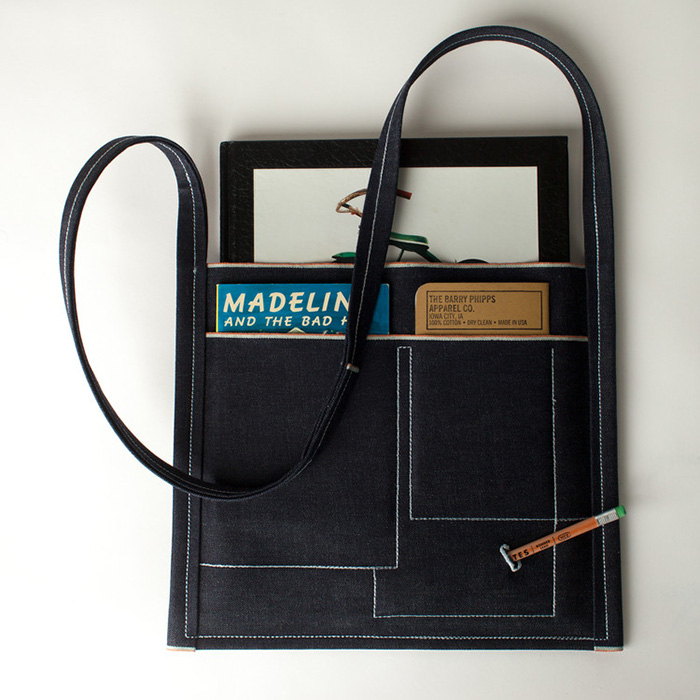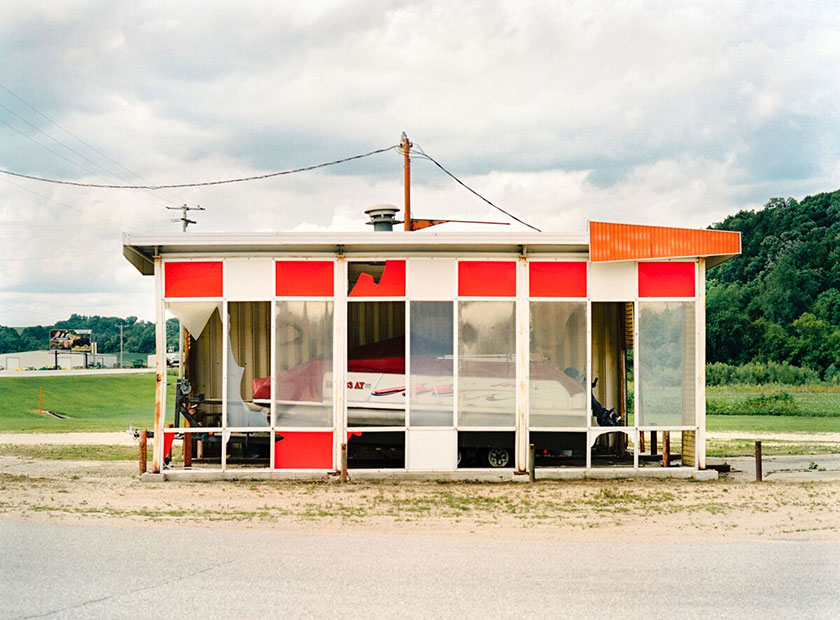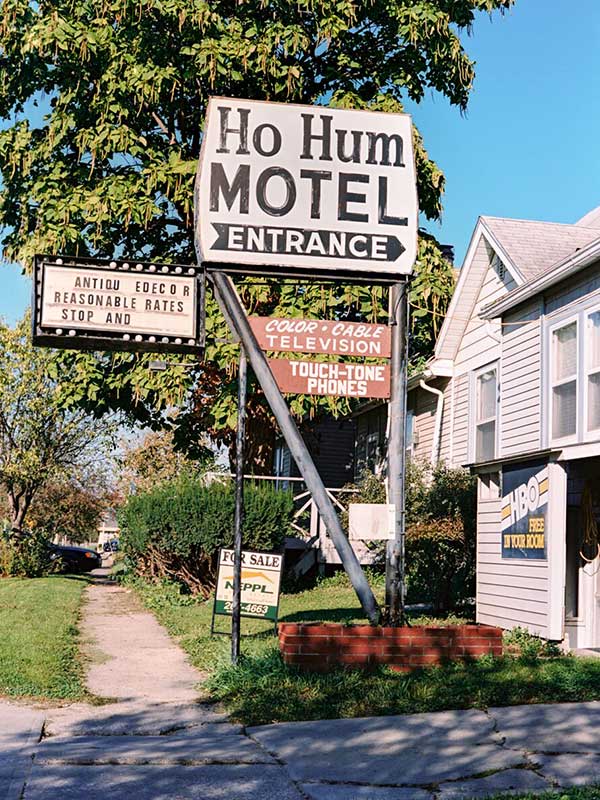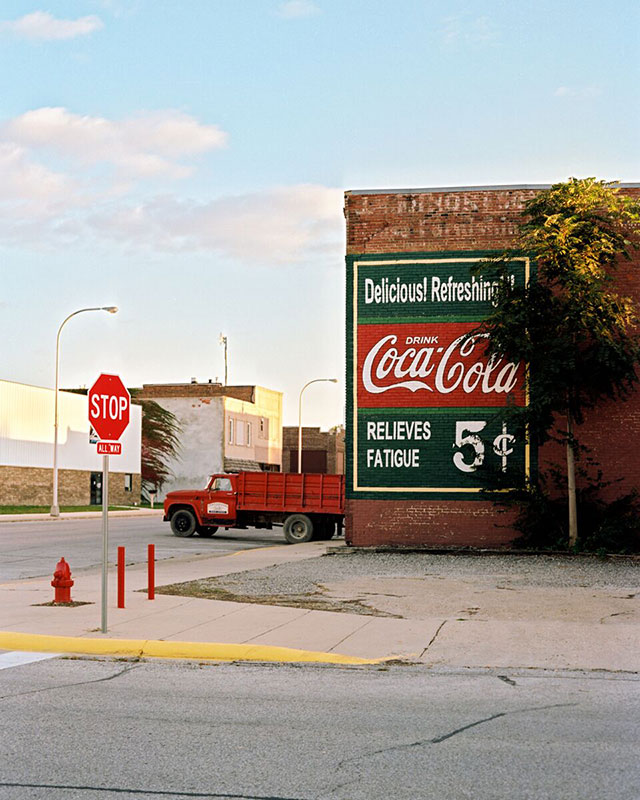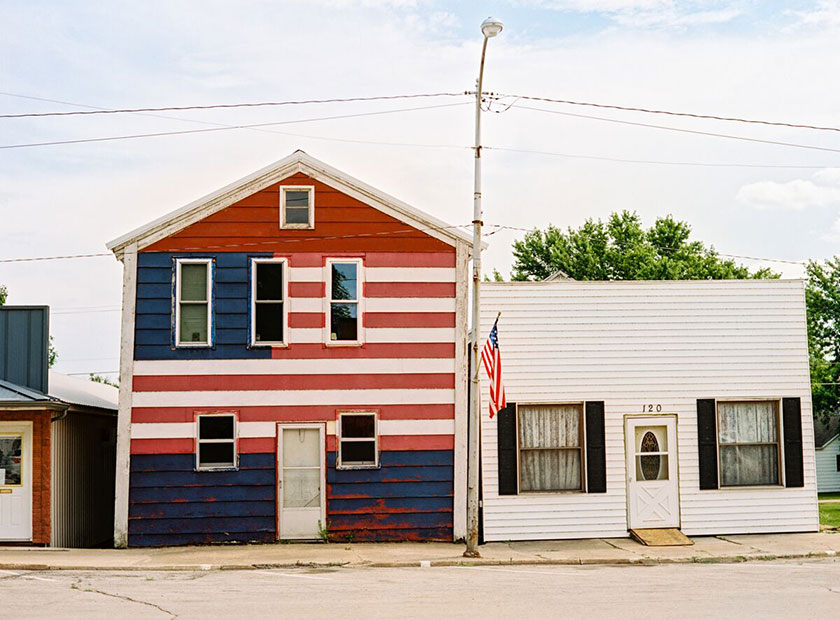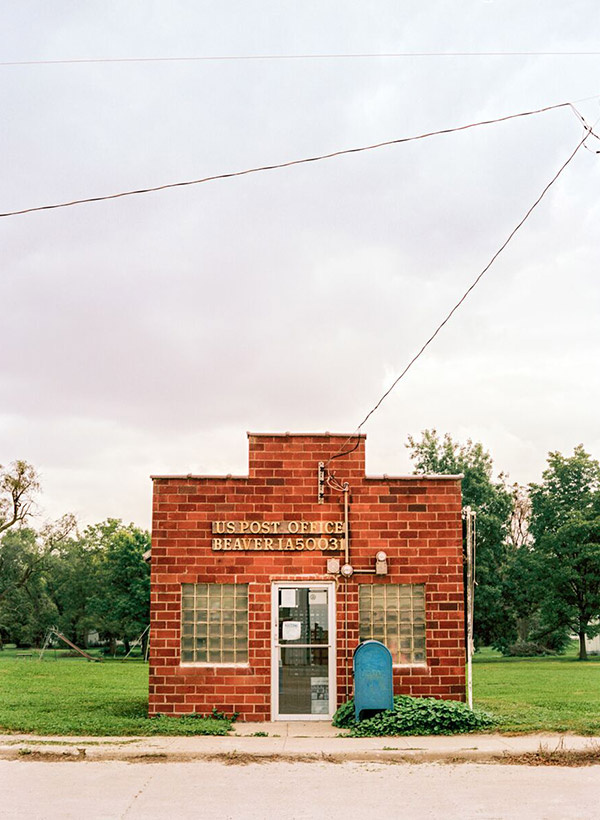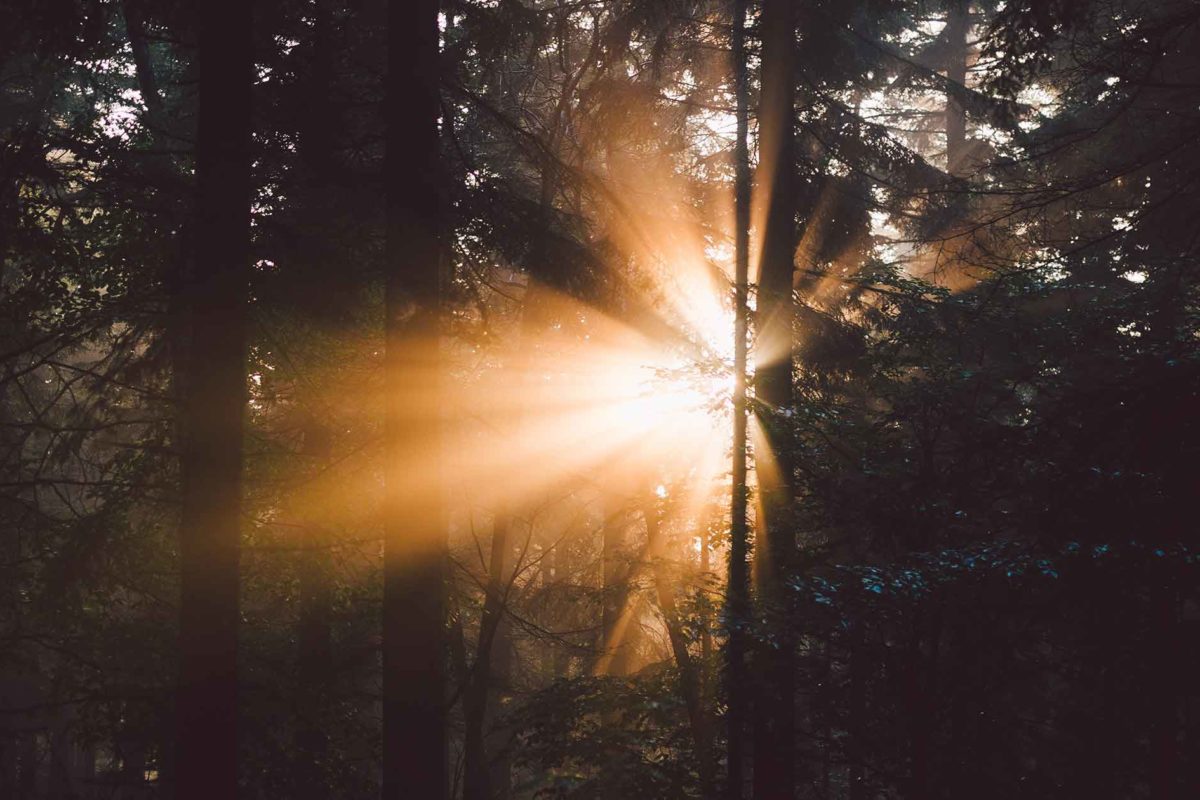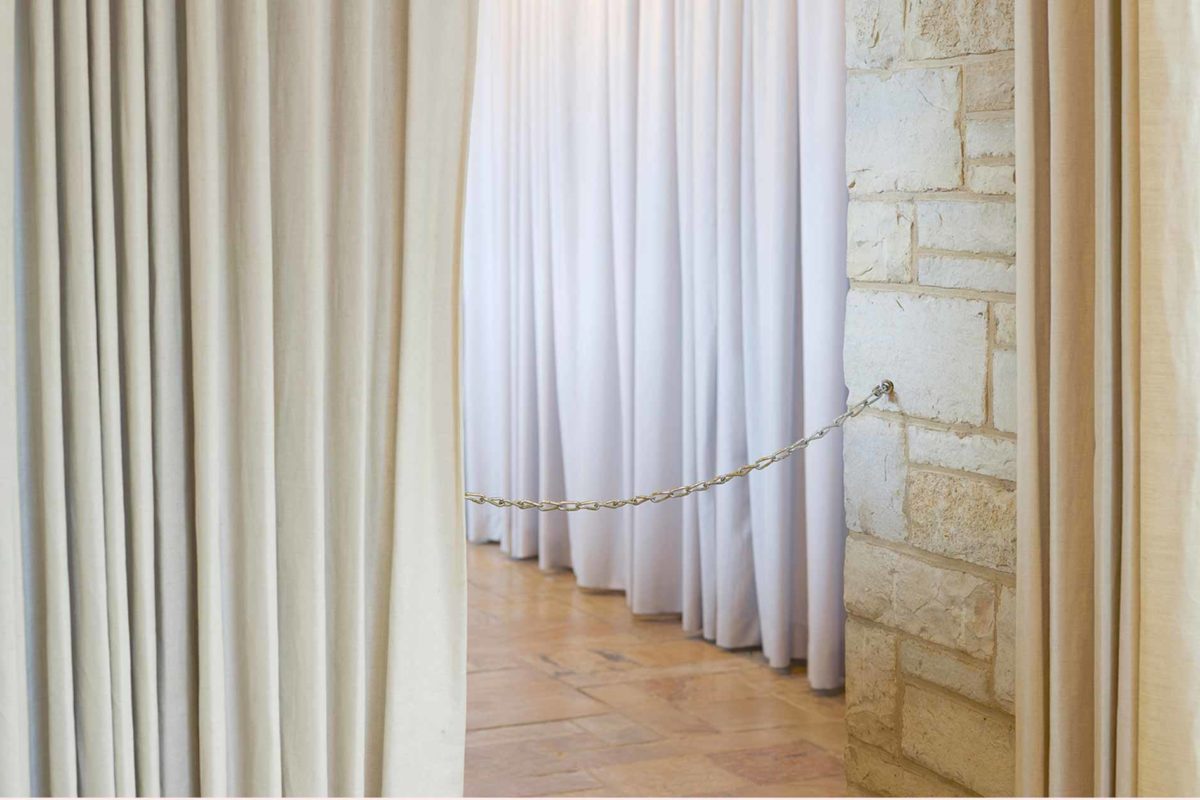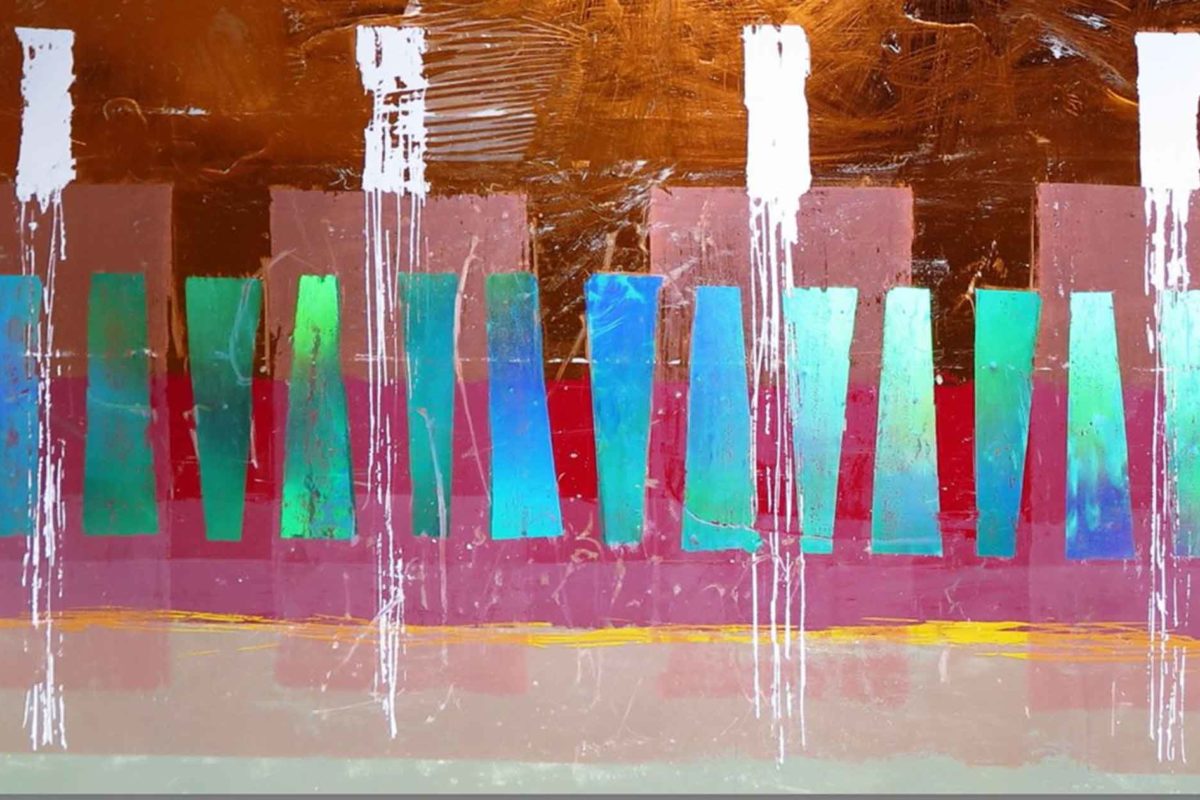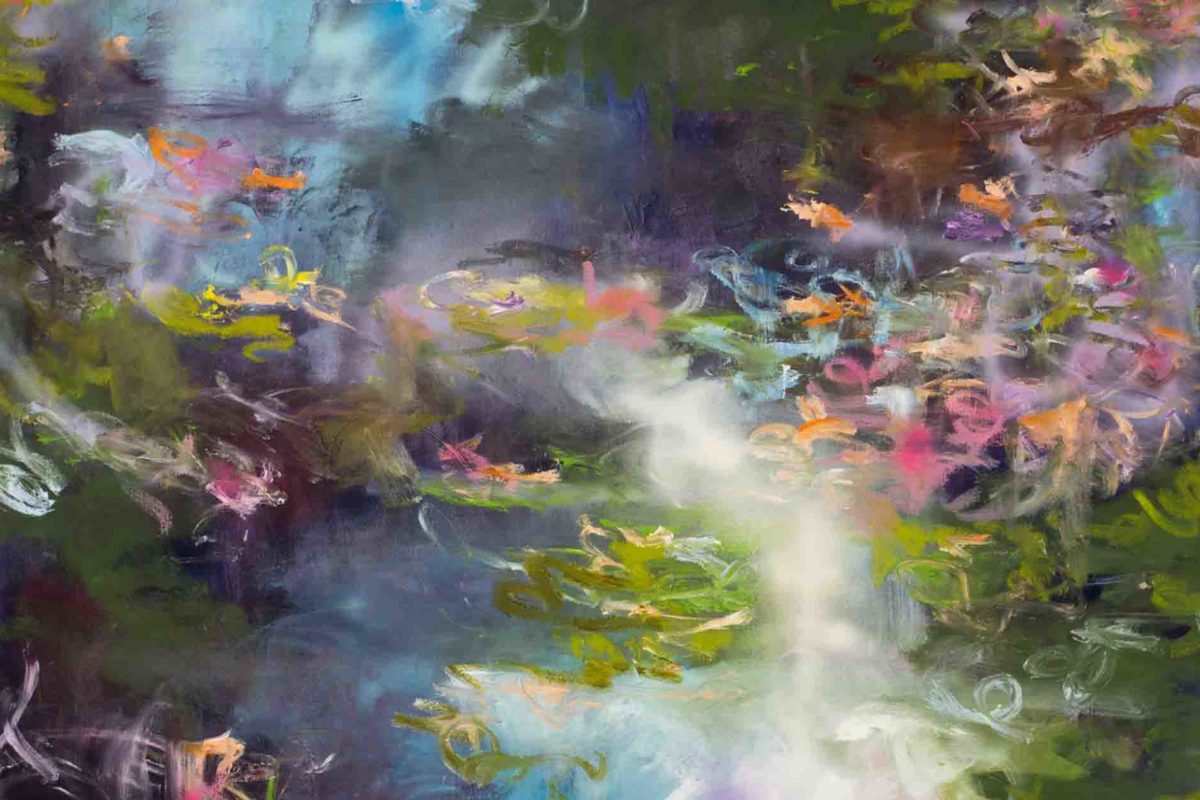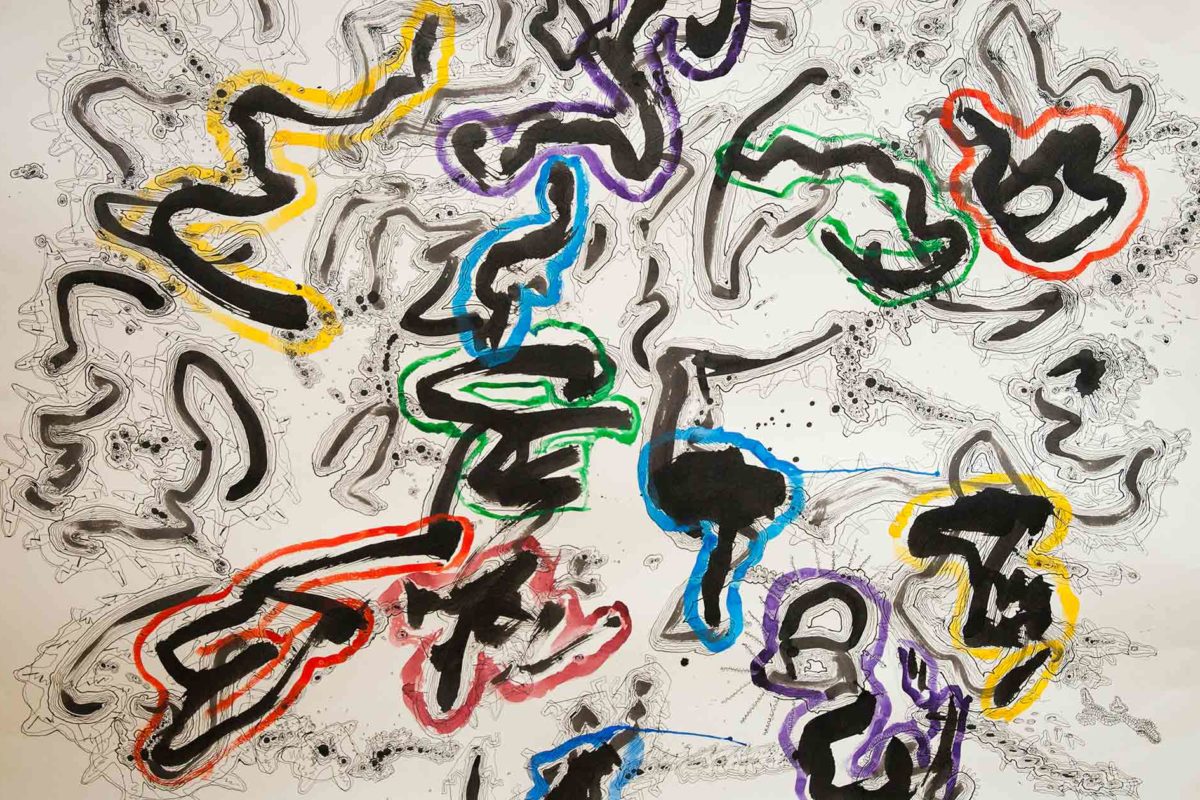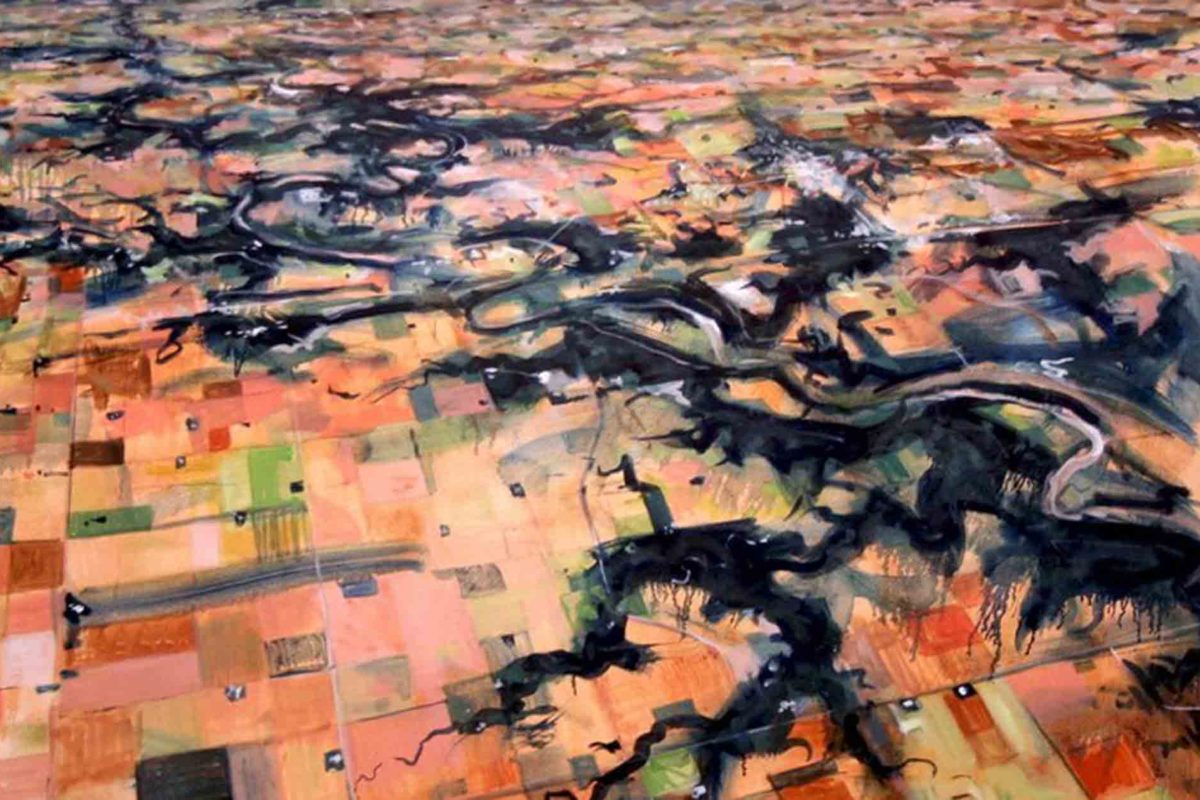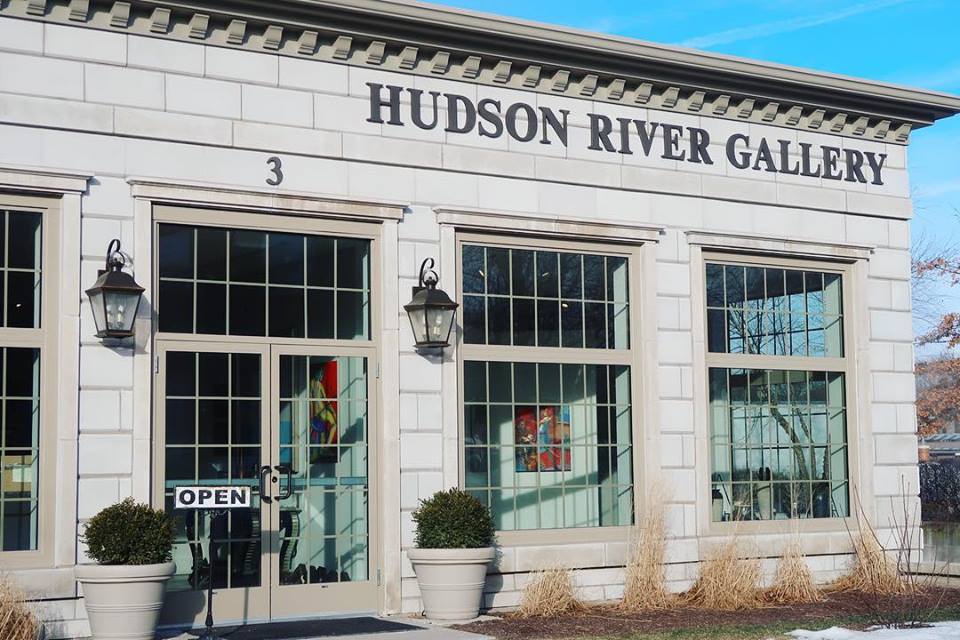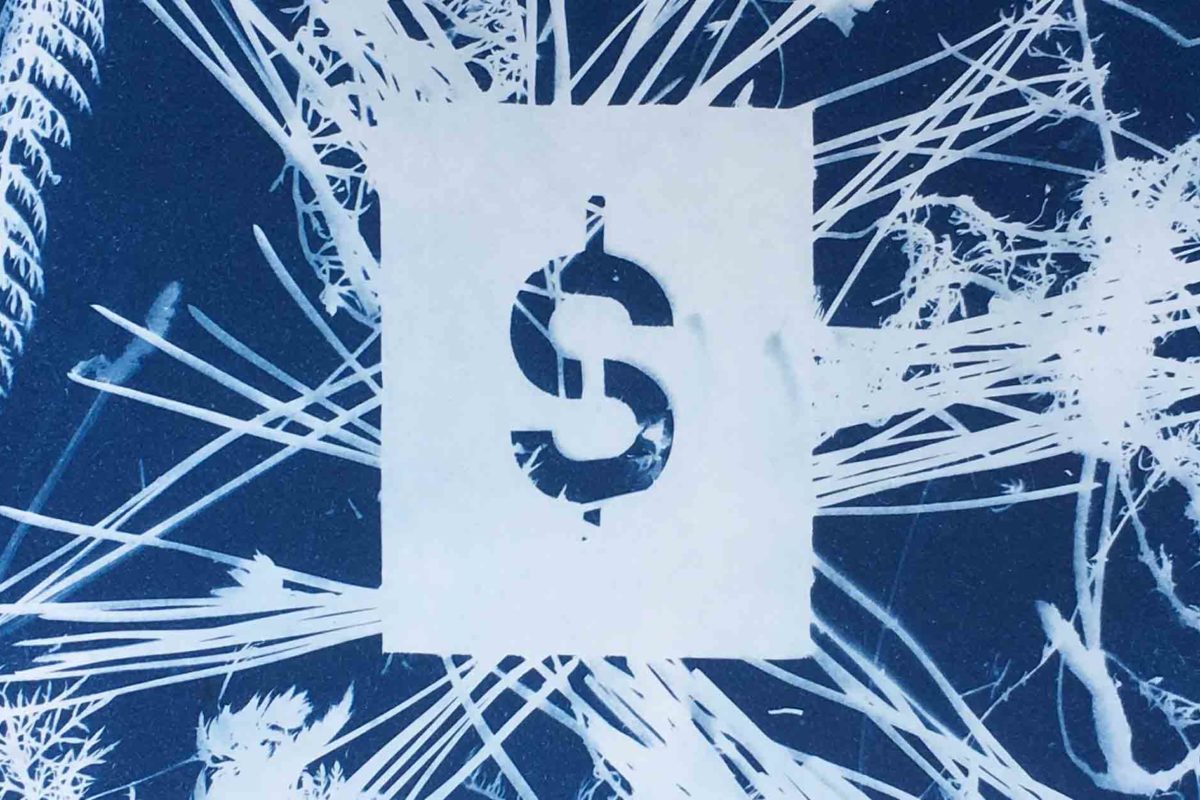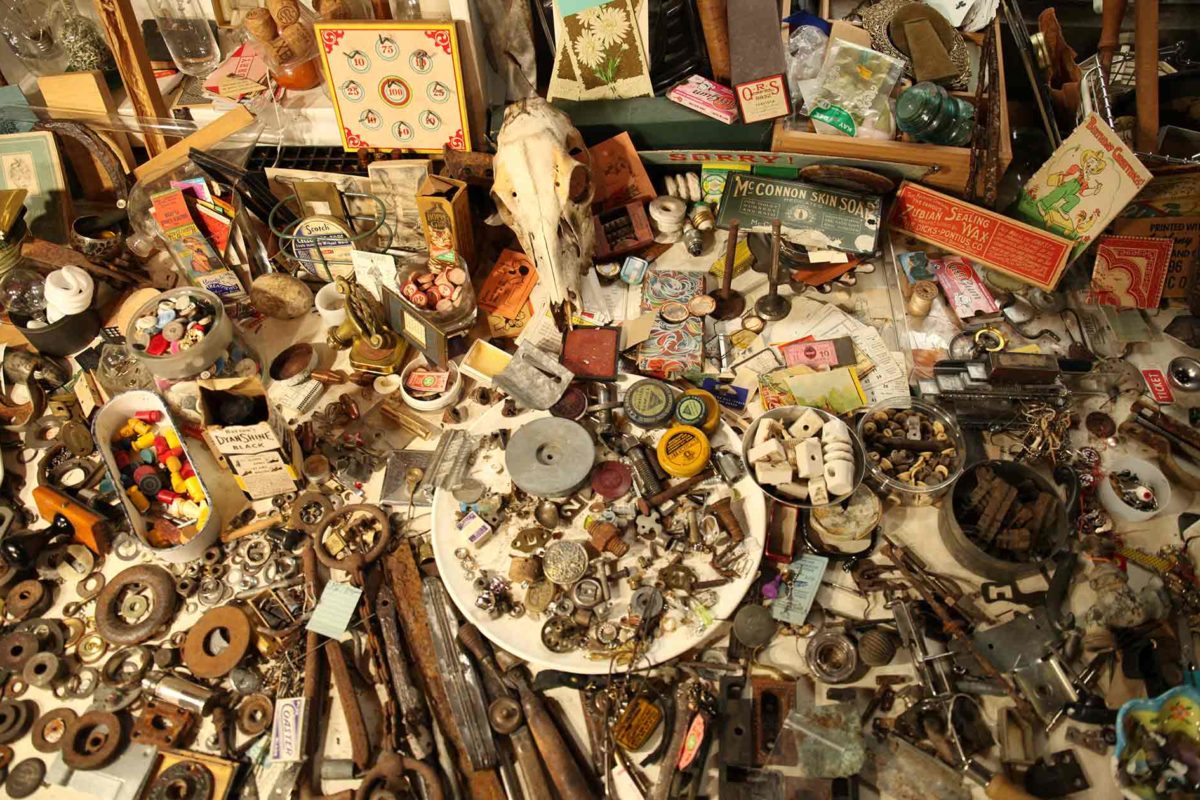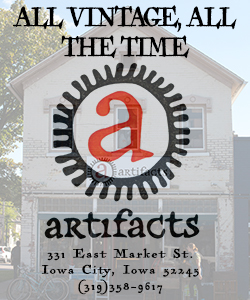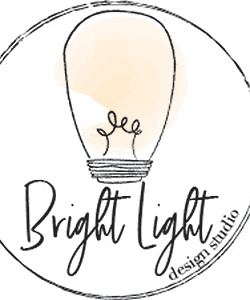Only pictures that look as if they had been easily made can convincingly suggest that beauty is commonplace.” – Robert Adams
 As I have continued down this path of interviewing creatives, I have come to appreciate the free education in “perceptual literacy” derived from such a process. While my initial intent was to share the artist’s stories and life’s work, I have been so fortunate to glean an insight into the creative process itself. This has never been more true than when interviewing the photographer, musician, shoulder bag designer, DJ, and record label owner, Barry Phipps. Barry has incredible vision. He sees what many of us look directly at but fail to recognize or appreciate. Of course, there are the usual visual elements that most professional artists are sure to recognize; line, form, texture, contrast, composition – but what about time, geometry, ease, and midwesterness? These elements are much more abstract and complex, yet they are what set Barry’s work apart. A common theme of his work is layers of time that he weaves into a elegant composition where juxtaposing elements seem to naturally flow together. The ability to layer color, time, line, texture through the camera lens is Barry’s most recent endeavor, but this is far from the whole story.
As I have continued down this path of interviewing creatives, I have come to appreciate the free education in “perceptual literacy” derived from such a process. While my initial intent was to share the artist’s stories and life’s work, I have been so fortunate to glean an insight into the creative process itself. This has never been more true than when interviewing the photographer, musician, shoulder bag designer, DJ, and record label owner, Barry Phipps. Barry has incredible vision. He sees what many of us look directly at but fail to recognize or appreciate. Of course, there are the usual visual elements that most professional artists are sure to recognize; line, form, texture, contrast, composition – but what about time, geometry, ease, and midwesterness? These elements are much more abstract and complex, yet they are what set Barry’s work apart. A common theme of his work is layers of time that he weaves into a elegant composition where juxtaposing elements seem to naturally flow together. The ability to layer color, time, line, texture through the camera lens is Barry’s most recent endeavor, but this is far from the whole story.
Moving from his home state of California to a sparsely populated area of Arkansas and later Missouri, introverted the otherwise social Phipps. Here, his musical and artistic interests developed.
“So, I was drawing and making art. I was influenced by New Wave Music and punk music…I also was kind of in love with the artwork for those albums. I’ve always bought vinyl because that’s what was out when I was a kid in the 80’s, and I never really stopped buying it because I always loved the album covers and this physical product you could hold in your hand. For me, photography was always about, “Could I take a photo that would be cool on an album cover?” I never really thought about being an artist where I would exhibit in galleries or have a book published of my work.”
His artistic skills were recognized, and he was offered a scholarship to the Chicago Institute of Art but opted for a similar scholarship to the Kansas City Art Institute to stay closer to home. There, he studied photography, but was heavily influenced by his painting professor, Lester Goldman. Goldman’s plein air painting sessions at construction sites imprinted the structural framework that permeates Phipps’ art, be it painting, photography, record production, bag manufacturing, or music. For Phipps all of his experiences tie together producing a formative architecture that reverberates through his work..
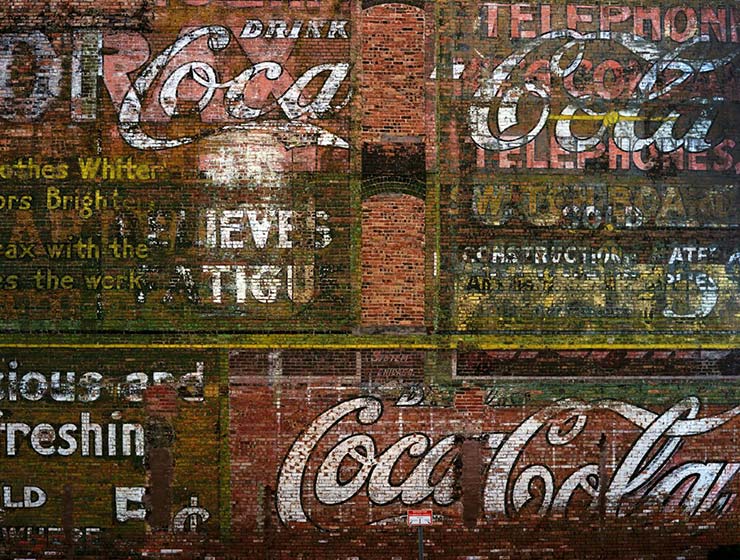
After college, Barry was a member of Chicago indie rock group, The Coctails, playing bass and appearing on MTV, performing at Lollapalooza, and touring across the US and Japan. The Coctails formed from a group of fellow art students from the Kansas City Art Institute and were extraordinary in that they produced all their own promotional material and self promoted their tours in a pre-internet era.
“So, we were kind of like an art rock group, but we were using our visual art in conjunction with everything else. That was successful for us on our own terms. We felt like we accomplished what we wanted to without really feeling like we were selling out.”
Phipps has fond memories of those times and in some ways wishes those memories had been captured on film. On the other hand, had a camera been in hand, the experience itself may have been altered.
 From his time spent touring with the Coctails, he developed a wide network of contacts at various clubs. He was hired as a club DJ, incorporating his unique and eclectic tastes in music. This transitioned into a wedding DJ gig and ultimately his own DJ service, Beep Media, Inc. with a staff of ten DJ’s. From the profits from his mobile DJ business, he founded North Branch Recording Studio and the Tight Ship Records label. This allowed him to selectively record bands and produce records on demand.
From his time spent touring with the Coctails, he developed a wide network of contacts at various clubs. He was hired as a club DJ, incorporating his unique and eclectic tastes in music. This transitioned into a wedding DJ gig and ultimately his own DJ service, Beep Media, Inc. with a staff of ten DJ’s. From the profits from his mobile DJ business, he founded North Branch Recording Studio and the Tight Ship Records label. This allowed him to selectively record bands and produce records on demand.
“When I was making records, you would start with a basic track—drums and bass, usually, and maybe guitar. You’d think of that as the basic track. Then you would add all these over-dubs of additional layers that you could consider sonic textures or things that reference. . . At the end of the day, when it comes time to mix it, you decide which of those layers are relevant. Some come in at different times and go out. So I really thought of music as also having a skeletal structure, and these kinds of layers that are built over the top.”
After being engrossed in the music industry, the visual arts background resurfaced and Barry returned to photography.
“I started shooting film again. I built a dark room. I started processing my own film, making prints and stuff. Then I ended up, instead of recording the bands, I had my young assistant engineer record the bands, and I was photographing the bands in the studio. Then with the connections with my DJ company, I started offering my wedding clients a package with my DJ, but I would do the photography using film with this classic look. So, I was able to morph into wedding photography from my music background.”
Wedding photography was another way for Phipps to stretch himself creatively, with roles ranging from portrait photography to street documentary style photography. It also taught lessons in logistics, time management, lighting, organization and people management to get everything accomplished in a brief window.
“It’s funny because I’m really a very introverted person, but when I become a wedding photographer, it almost gives me a sense of purpose to be in that room. . . I’m really there to give them something beautiful.”
After 22 years of living and working in Chicago, his wife was offered a position at the University of Iowa, and they decided to make a major change and move to Iowa City.
“So when I came here, I was a photographer who was doing my own art work and also had this wedding gig going that made things a little bit more flexible. The Iowa Photographs Project that started really just came out of an idea that I realized that I knew nothing about my surroundings. After being in Chicago for 22 years, I just found myself going, “I’m on an island here and I don’t know what’s out there beyond these horizons.” So I just started taking trips in every direction and that just morphed into the project that eventually became the book [Between Gravity and What Cheer: Iowa Photographs]. “
Along with his photography, other visual art interests began surfacing – including reconstructions (collage/line drawings), paintings, and a side business making handbags. His collages and paintings were on display at Hudson River Gallery next to some of the photographs that helped inspire the imagery.
“I returned to painting to see how all of the photographic work that was inspired by the painting would, in turn, inspire my painting back again. How would painting be different after doing such a long period of stuff inspired by my painting? That was interesting to show the photographs next to the paintings and see the relationship with them.”
During the winters while working on the Iowa Photographs series, he had some down time on account of the weather. He decided to learn to sew, to rid himself of the nuisance of having pants hemmed and shirts altered. After receiving two vintage sewing machines from his mother, he taught himself to sew. In the midst of all this sewing practice, his wife suggested making her a bag and so he designed the simplest bag he could. He became a bit obsessed with making the perfect bag which happened to coincide with a similarly timed selvedge denim obsession and so the Barry Phipps Apparel Company was born.
“Then I just started selling them. I called it the Barry Phipps Apparel Company almost as a joke, in a way, but I did intend to start with bags and one day start making shirts or jeans, like in a boutique, simple thing. But really a lot of that was just tongue-in-cheek, like “Who starts their own apparel company? Then, as it turned out, people liked the bags. They were sort of unisex in a way. . . I just started selling them on Facebook under a page called the Barry Phipps Apparel Company, and people bought them. Then I had this thing going where I wanted to sell one in every state, like someone from every state would buy one. So I had this map and as people were buying them, I’d fill it in. Then I’d be saying, “Does anyone know anyone in North Dakota that can buy a bag?” So it sort of became a conceptual art piece in a way, too.”
Over the course of four years, Phipps travelled the backroads of Iowa. Although he initially thought he would be photographing rural landscapes, he found that he was most drawn to the small towns, particularly the old business districts. There he discovered a trove of images that appealed to his sense of “midwesternness”.
“I’m a Midwesterner, my subject matter is Midwesternness. A lot of things that appeal to me in these photos are things like modesty, practicality, Yankee ingenuity (let’s piece something together and make it work to get this thing done)—all those kinds of things. I’m actually using a Midwest sensibility as a point of view, as well because I’m Midwestern and I’ve always wanted to make work that appeals to Midwesterners.”
 Many of the towns started as a way to support local agriculture, each being about 6 miles from the last. As agriculture shifted away from the small family owned farm, businesses left and buildings were repurposed leaving a virtual time capsule of past livelihoods contrasted with the current needs of the remaining population. Capturing this cultural substratum is the essence of Phipps’ Iowa photographs, a skill he attributes, in part, to his painting professor Lester Goldman, when he says, “my photographs have so much to do with layers, but its more layers of time that exist within the present tense.” Spending his days driving he also channeled the influence of Jack Kerouac’s, On the Road – searching for his definition of self in this new environment.
Many of the towns started as a way to support local agriculture, each being about 6 miles from the last. As agriculture shifted away from the small family owned farm, businesses left and buildings were repurposed leaving a virtual time capsule of past livelihoods contrasted with the current needs of the remaining population. Capturing this cultural substratum is the essence of Phipps’ Iowa photographs, a skill he attributes, in part, to his painting professor Lester Goldman, when he says, “my photographs have so much to do with layers, but its more layers of time that exist within the present tense.” Spending his days driving he also channeled the influence of Jack Kerouac’s, On the Road – searching for his definition of self in this new environment.
“I do think there’s a bit of a spirit—I don’t talk about the spiritual aspect in the process of the book, Between Gravity and What Cheer, but so much of it is finding this quiet, beautiful mystery within things. I do think there’s a spiritual quality to light. A lot of time my photographs are about the light itself, and I’ve never really talked about that in any artist statement for the work, but there is a connection between Kerouac’s quest for spirituality through what he found on the road and mine, as well.”
 There are 105 photos in Between Gravity and What Cheer, selected from thousands of images taken throughout Iowa.
There are 105 photos in Between Gravity and What Cheer, selected from thousands of images taken throughout Iowa.
The collection tells a story of struggle, comradery , ingenuity, loss, love, resourcefulness, cohesiveness, and survival that many midwestern towns can relate to.
“I think that as I get older, I’m more attracted to the idea that my photos are more ego-less, definitely more so than the music I’ve made or the paintings I’ve made. I’m okay with not being present within the photographs and instead hoping they look like they were easily taken, so you don’t think about me too much. It just clearly describes something beautiful.”
Through his images, we are seeing a world focused through the lens of Barry Phipps – his camera and its workings becoming an extension of self. This is like no other lens because it is uniquely Barry – a focus honed from a lifetime of artistic experience and expression. While he does not physically exist in his photographs, his midwestern values of authenticity, dignity, harmony, humility, innovation, and vitality are ever present and pay compliment to the unassuming beauty of Iowa.





